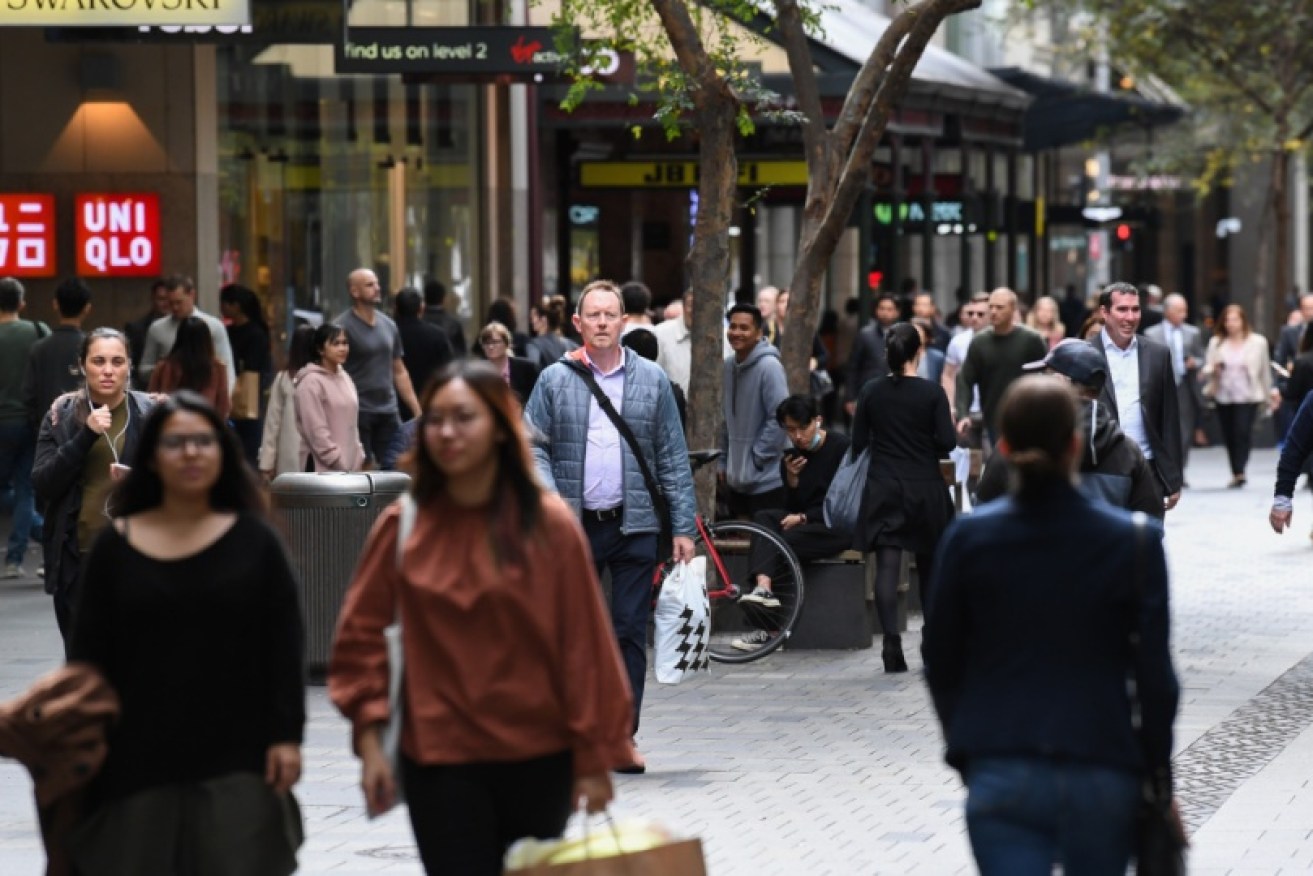‘Strong impulse for growth’: Consumers drive COVID rebound as business investment tails off


Cost pressures and labour shortages are easing for manufacturers at the same time as demand for their goods is starting to dry up. Photo: Getty
Australia’s COVID-19 rebound is moving fast – the economy has grown at the joint-fastest rate in almost 50 years as consumers used lockdown savings to splurge on goods and services.
Australian Bureau of Statistics data on Wednesday showed the economy surged past Delta lockdowns last year and is now 4.2 per cent larger than a year ago after a record lift in spending on non-essentials like cafes, restaurants, clothing, furniture and other recreational goods.
The December quarter GDP data showed a consumer recovery is now well under way, economists said, and though still early days, about $260 billion in built-up household savings suggests the recovery will continue.
“The economy has yet again shown its resilience, and it’s the consumer that is the cornerstone of the economic recovery,” EY chief economist Jo Masters said.
“How households react to rising inflation and interest rates will be critical to the role of the consumer as the economic engine.”
But questions remain about whether falling business investment growth will pick up enough in 2022 to lock in the recovery and set up Australia for a much stronger decade of economic growth than the past 10 years.
The consumer-led recovery
Much has been made of a so-called “consumer-led recovery” coming out of COVID-19, but though Treasurer Josh Frydenberg has touted a run of elevated spending, it has come after two years of crushing lockdowns.
The economy grew by 3.4 per cent over the December quarter, the ABS said on Wednesday, which is the joint-fastest rate recorded since 1976.
The last time GDP rose this fast was amid the COVID-19 rebound in 2020.
And similar to back then, households have driven almost all the growth.
Household spending increased 6.3 per cent in the December quarter on the back of a record-breaking rise in non-essential purchases, including services like restaurant hospitality and goods like fashion and furniture.
BIS Oxford economist Sean Langcake said spending was “really strong” and reflects a rebound from a 4.8 per cent fall in the September quarter.
Consumption levels are now officially higher than pre-COVID, he said.
“There’s a really strong impulse for growth in Victoria, NSW and the ACT emerging from Delta lockdowns,” Mr Langcake told The New Daily.
And because consumption was also quite strong outside of locked-down cities, Mr Langcake predicts households are positioned to keep driving the economy forward in 2022, supported by all their pandemic savings.
Households have socked away upwards of $260 billion during COVID as lockdowns crimped spending and governments poured billions into their bank accounts in the form of huge economic spending packages.
The savings rate fell from 19.8 per cent to 13.6 per cent over the period, though it’s still much higher than the pre-COVID rate of about 5 per cent.
“There’s definitely scope for that to come down in the coming quarters and that will help fuel consumption growth,” Mr Langcake explained.
There’s a limit to how long this can continue though, particularly as the run of elevated government spending during COVID comes to an end.
Indeed APAC economist Callam Pickering said the Reserve Bank will be watching “anxiously” to see whether business investment growth – which was missing in the December quarter – picks up at some stage in 2022.
“It was a household-led recovery in the December quarter,” he told TND.
“If you exclude the household sector you’re not left with much growth.”
Baton pass: Business investment growth
Economists are looking for a baton pass of sorts later this year where elevated consumer spending leads to higher business investment.
That’s important, because households can’t drive GDP growth forever and without new post-pandemic capital investments the outlooks for productivity growth and therefore living standards is not very strong.
In other words, economists are looking to business investment to lock in Australia’s rebound from the pandemic and position the economy for a much stronger decade of growth than the stagnant 2012 to 2022 period.
Business investment growth fell backwards in the December quarter, but Mr Pickering said this might just be because bosses put off making big decisions about investment until after Delta and later Omicron passed.
“If we see a rebound quickly in the March quarter then I don’t think it’s anything to be concerned about,” he said.
Mr Langcake said business investment growth was an “underperformer” in the December quarter GDP data, but said the measure can be lumpy.
He said there are headwinds for businesses, with global cost pressures making it harder to lock in investment decisions.
“It could be things get delayed and realised later, but it can also mean plans get scrapped or those investments that would have proceeded in a lower cost environment don’t ever materialise.
“There’s a bit of downside risk emerging for the investment outlook.”
This is particularly the case for dwelling investment, which is coming up against “capacity constraints” including worker shortages and materials.
But across the board, domestic and imported prices rose at the fastest rate since the Global Financial Crisis.








